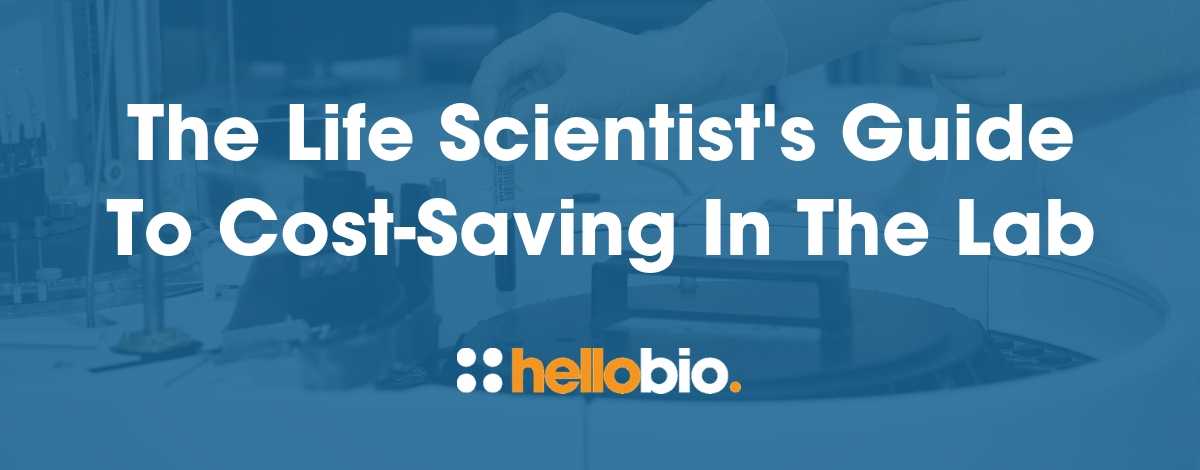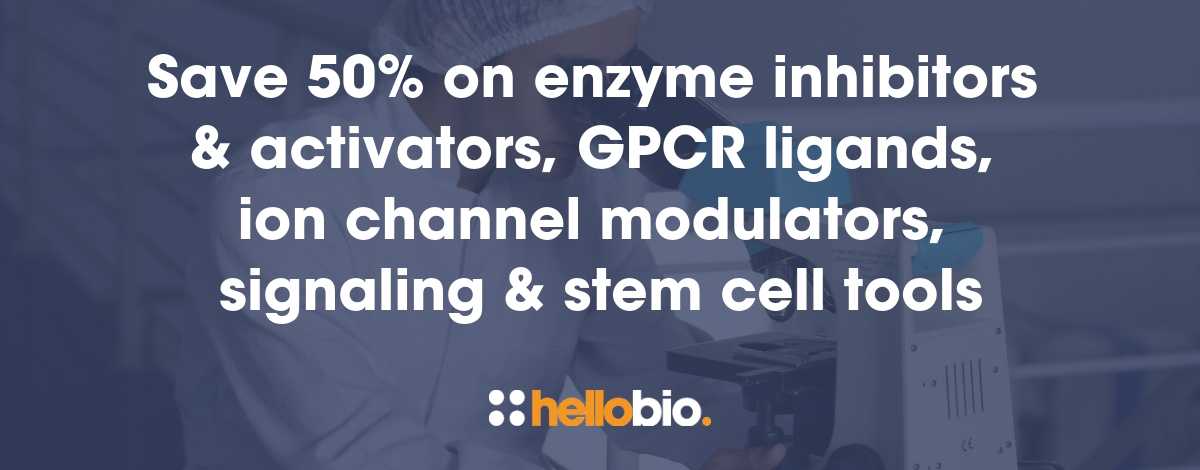Five Essential Tips for Writing Scientific Papers
As researchers, we are constantly thinking of new research questions and spend many hours in the lab carrying out experiments to try to answer these. But sometimes the most difficult step is converting these experiments into a format that can be disseminated to the wider scientific community.
Developing the ability to communicate our research in the format of a paper is crucial to becoming a successful scientist. However, as I’m sure many of you will have experienced already, it can be challenging to convince a journal to publish your paper.
We recently held a paper writing workshop for early career scientists within our department at the University of Bristol to discuss how to go about writing a paper once the experimental work and analysis are complete. We’ve put together a few of the best tips which were highlighted at our workshop. Hopefully these will be of use to you and inspire you to get writing!
1. Get your story straight
There are many stages of hard work and preparation that come before even thinking about writing anything down. Coming up with your hypotheses, designing and carrying out experiments, analysing data, doing more experiments, analysing more data… but hopefully once you think you’re ready to start writing the paper, the hardest parts of the work will have already been done.
You’ll have spent a long time working on your ideas and thinking about what your results mean before you begin writing, so you should have an idea of the message you’re trying to sell already. Discuss the story you want to tell with your co-authors to make sure it’s clear to you all – if you aren’t sure yourselves, then it will be difficult to convince someone else the results are justified and important! Plan how you will present your story in a clear manner so that the reader can follow why you have done the experiments and how they help to answer your research question.
2. Choose your target journal
How to format your paper will depend on the journal you’re submitting it to, so selecting your target journal early will help you structure your writing. You should choose a journal that reports your type of work and ensure that your research is within the scope of the journal. For instance, have you got a specialist piece of research that will be of interest to a limited number of researchers, or is it of interest to people outside of your specific research area?
Looking at the information on the journal’s website and their recent publications will allow you to decide if that journal is suitable, see how many figures are expected in a typical paper, how long each section should be, and what information should be included in each section. This is key to forming an efficient plan around which you can start writing effectively.
3. Why is your research important?
Selling the significance of your research is vital to an editor deciding it’s suitable for publication in their journal. The editor is the key holder to the journal, so you will need to get them on your side and convince them that your paper is worth publishing. Make the knowledge gap clear and emphasise why filling it (with this piece of research!) is important.
Think of the bigger picture without overselling or underselling the significance of your work. Sometimes in papers the results will be overstated, and you may wonder how the authors reached their conclusions from the data they have presented. Ensure the figures speak for themselves so the reader is able to make their own conclusions about your data; they will be able to decide if the statistics are ‘highly significant’ by looking at the data themselves. But equally if your ‘bigger picture’ message is of wider importance, then make sure you acknowledge this!
4. Only include ideas relevant to your question
You’ve spent a long time on your research and will have carried out many experiments by the time you come to write the paper. But remember that you don’t need to include everything! It should include the key data which illustrate your scientific argument and the text should support the data and help to make your message clear.
As you are preparing your figures and writing each section think to yourself: “Is this relevant to my message?” If not, and it’s not essential to justifying the experiments you have done, then it may distract from the key message you’re trying to get across.
5. Get feedback
This may be an automatic process for some research groups, but if not remember that it is invaluable to discuss your ideas, experiments and results with your colleagues.
Make the most of getting feedback throughout the whole writing process, as those who are less involved in the research day-to-day will be able to spot gaps or suggest experiments you might not think of until you come to writing your results up – and you wish you’d have thought of before.
As mentioned earlier, it’s important to discuss the plan of the paper with the co-authors, but also don’t be afraid to get as much feedback on the manuscript as possible from those with publishing experience – senior members of your department will want to help you succeed.
Happy writing!
_______________________________
Jasmine obtained her PhD in the School of Physiology, Pharmacology and Neuroscience at the University of Bristol in the labs of Prof. Zafar Bashir and Prof. Richard Apps. Her PhD project investigated the roles of neuromodulatory systems in the cerebellum and she is now continuing this work as a postdoc.
Connect with Jasmine on LinkedIn here: https://www.linkedin.com/in/jasmine-pickford-92931...
For more tips on scientific and science writing, check out these fantastic guest blogs:
_______________________________
If you enjoyed reading this article, why not check out the other resources available on our blog for neuroscientists. We are really passionate about supporting scientists, including early-career life scientists and PhD students - with affordable reagents and biochemicals, travel grants, and resources to help with both personal and professional development. We know how tough it is - so we hope you find these helpful!
Advice & guidance for life scientists
Click below to view our of essential guides and articles includes to support life scientists, PhD students & early career life scientists:
Wellbeing for scientists
Click below for our resources to help improve your wellbeing:
Travel grants
Every month we give away $500 to PhD students and Postdocs so that they can attend a scientific conference - click below to find out more:
Technical resources
Try our Molarity Calculator: a quick and easy way to calculate the mass, volume or concentration required for making a solution.
Try our Dilution Calculator: an easy way to work out how to dilute stock solutions of known concentrations
Click below to see our Mini-reviews, Pathway Posters & Product Guides: a set of technical resources to answer your questions on a wide range of topics and to help you get started quickly.
And - when you get to the stage of planning your experiments, don't forget that we offer a range of agonists, antagonists, inhibitors, activators, antibodies and fluorescent tools at up to half the price of other suppliers - click below to see how we compare with other suppliers:






















